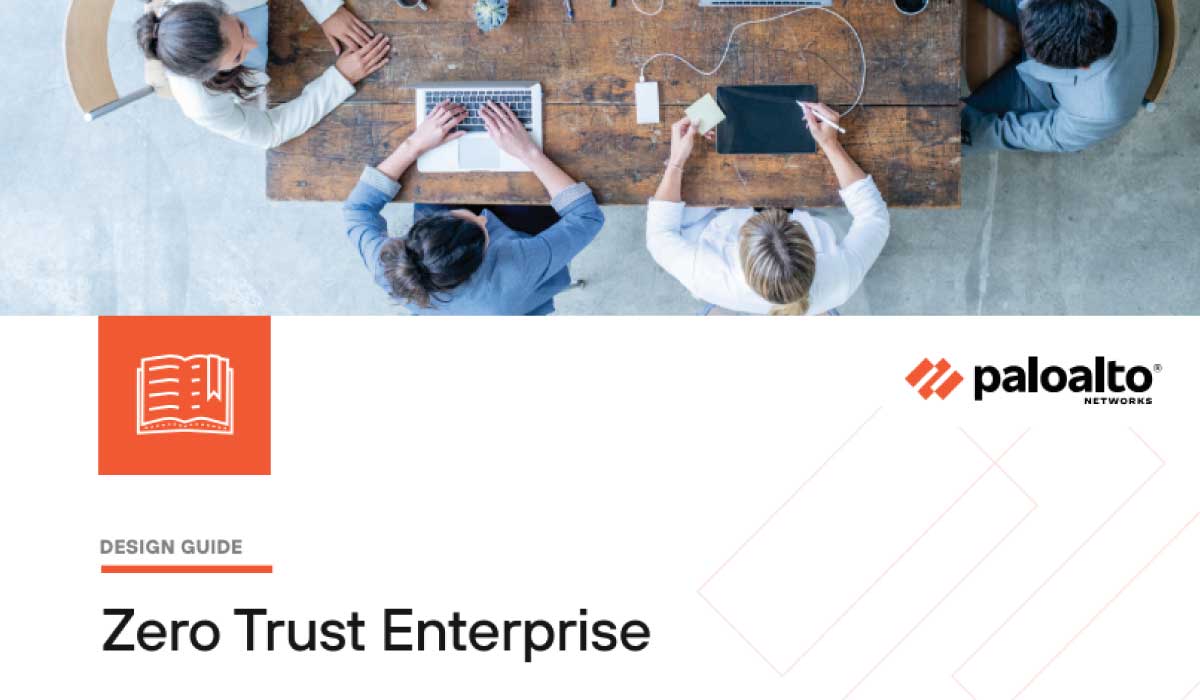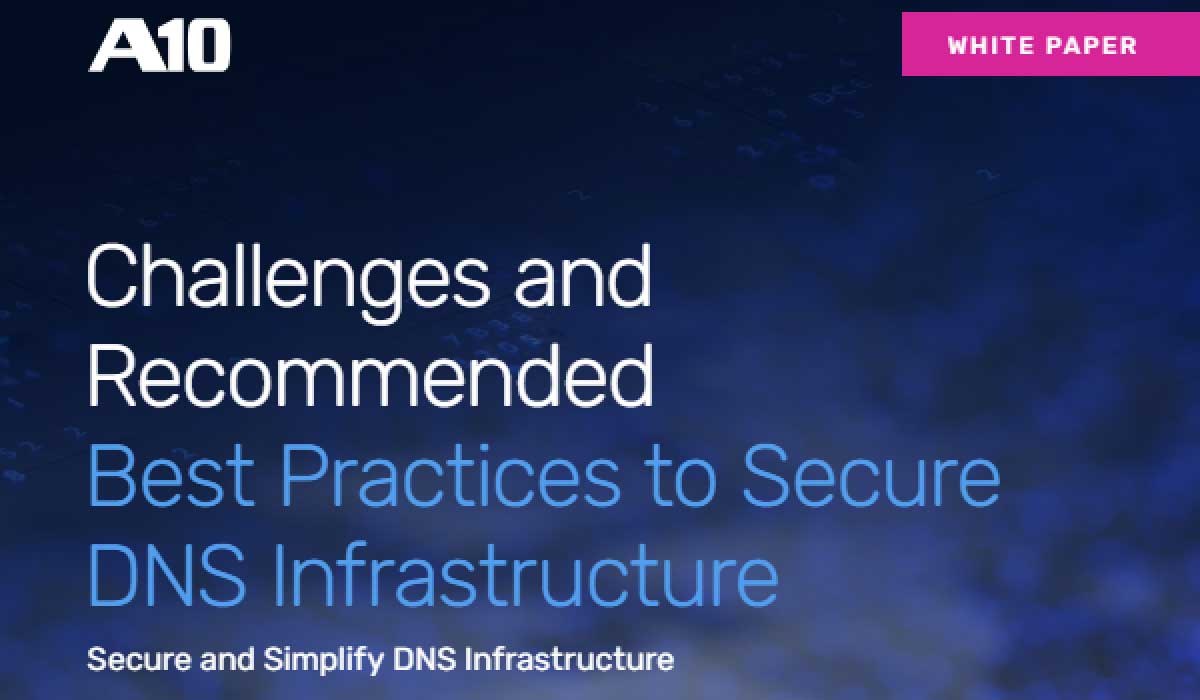Veeam and Conversational Geeks collaborated to publish Conversational Ransomware Defense and Survival, an e-book that illustrates the fundamentals for ransomware preparation, protection and recovery. As the title suggests, the book is written in a conversational tone, so it’s easy to read and it addresses both the unlucky ones who have already struggled with ransomware and those who are willing to learn more about this cybersecurity threat. Conversational Ransomware Defense and Survival introduces ransomware and explains how it evolved into such a dangerous digital threat. Ransomware doesn’t discriminate, so this guide is useful to everyone: IT pros, IT decision makers and executives, from small businesses to large enterprises and across all verticals. Thinking that ransomware “can’t happen to me” is a dangerous approach and it can cost you a lot! One key learning of this book is that the best protection strategies against ransomware attacks are preparedness and recovery. This guide also talks about the importance of backups and how they can prove to be vital for restoring damaged or lost data when a ransomware attack occurs. Because yes, ransomware is a matter of WHEN, not IF. Your ransomware protection plan should be designed based on the 3-2-1-0 Rule, a simple yet very effective best practice. You’ll also learn that for an organization to be stronger against ransomware, it is very important for end users to understand the risks that they are exposed to. They should be trained on how to deal with email attachments, unsafe websites and their network connections. Download Now





